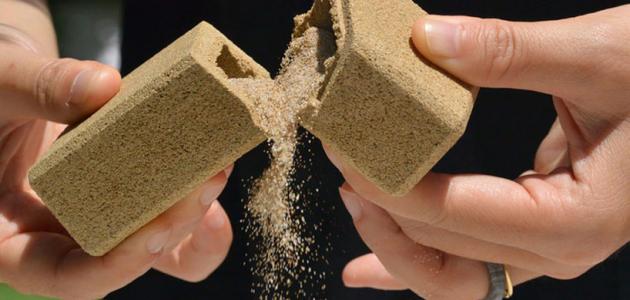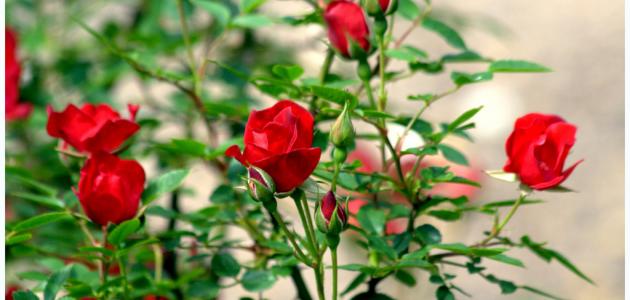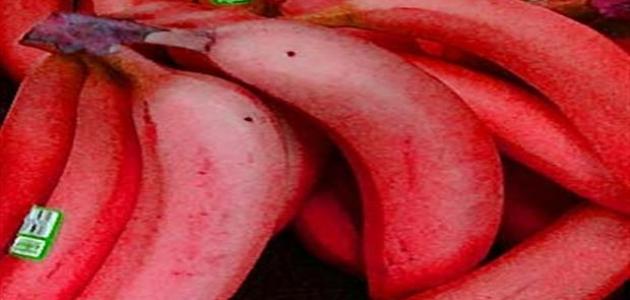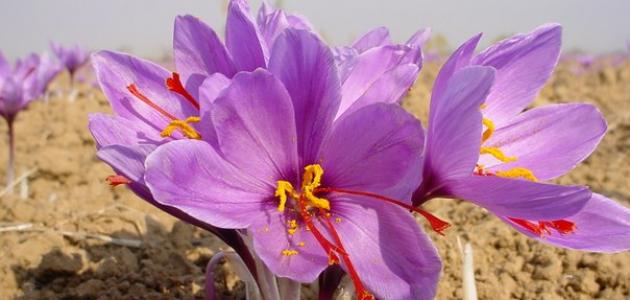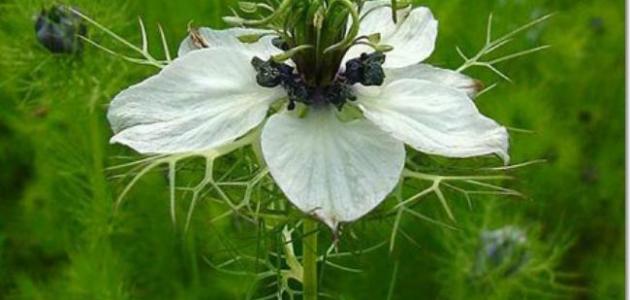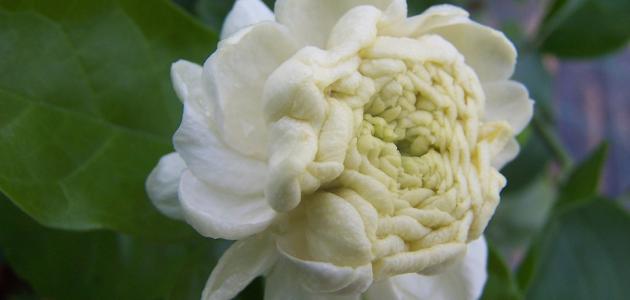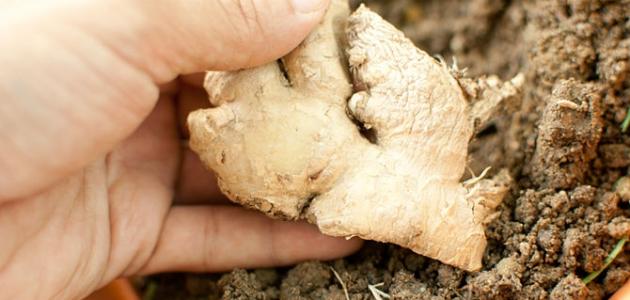quartz
Silicon dioxide, or silica, is the most common component in sand, and it is usually in the form of quartz, and it differs from other minerals in that it is hard, tough, insoluble in water, and does not easily decompose due to atmospheric changes, in addition to It is highly resistant to erosion, is not affected by acid rain, and is also resistant to rock erosion.
Rock components affected by weather changes
It includes feldspar, pyroxene, and amphiboles, and more than 50% of the Earth's crust consists of feldspar, which is one of the minerals with variable chemical composition, such as pyroxene and amphibole, and these minerals are affected by Weather changes like rain, and it breaks up very quickly, and becomes particles of mud.[XNUMX] Feldspar, or aluminum silicate, constitutes 17-22% of the sand components, and its presence is common in volcanic rock fragments. Feldspar contains small glass bubbles and other mineral components.
Solid components that are not affected by weather changes
It includes sandy minerals that are not important in the rocks, but they remain in the sand for a very long time, including: zircon, tourmaline, and rutile, and among their characteristics are the following:
- zircon: (in English: Zircon) It is one of the most resistant minerals to various weather factors, and zircon crystals are very old, as they are considered the oldest material on Earth, and they are very small and elongated crystals, usually transparent, and contain few impurities, and although zircon is considered very resistant to various environmental factors, but with the passage of time it tends to partially destroy itself, through internal radiation, because it contains a small amount of uranium.
- Rutile: (English: Rutile), which is titanium oxide, and is a common heavy metal in sands, because it is very resistant to weathering, and its color is reddish-brown and elongated, and it is present in small quantities in igneous and metamorphic rocks.
- Tourmaline: (English: Tourmaline), which is a very common mineral in the heavy mineral part of most sand samples, due to its extreme resistance to weathering, and its color tends to be translucent black, and its presence is considered rare in rocks.
